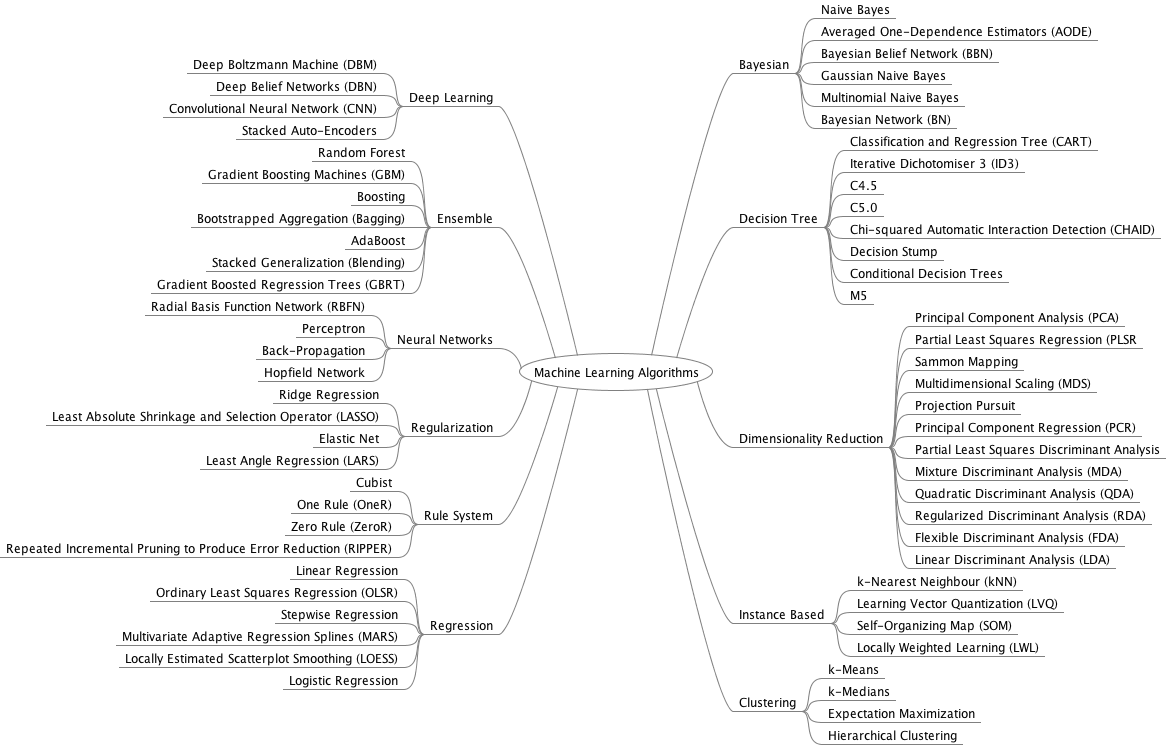Data Mining
ALY6040
01
04
Data Mining Applications: The information or knowledge
- Fraud Detection
- Customer Retention
- Production Control
- Corporate Analysis and Risk Management
- Market Analysis and Management
- Science Exploration
Data Mining Patterns
- Descriptive Functions
- Class/Concept Description
- Mining of Frequent Patterns
- Mining of Associations
- Mining of Correlations
- Mining of Clusters
- Classification and Prediction
- Classification
- Predictions
- Outlier Analysis
- Evolution Analysis
Descriptive Functions
Mining of Clusters
- Cluster refers to a group of similar kind of objects
- Cluster analysis refers to forming group of objects that are very similar to each other but are highly different from the objects in other clusters.
Classification and Prediction
Classification
Classification functions predict the class of objects whose class label is unknown
- Classification objective is to find a derived model that describes and distinguishes data classes or concepts
- The Derived Model is based on the analysis set of training data i.e. the data object whose class label is well known
Prdictions
- It is used to predict missing or unavailable numerical data values rather than class labels
- Regression Analysis is generally used for prediction
- Prediction can also be used for identification of distribution trends based on available data.
Outlier Analysis
- Outliers may be defined as the data objects that do not comply with the general behavior or model of the data available.
Evolution Analysis
- Evolution analysis refers to the description and model regularities or trends for objects whose behavior changes over time.
Categories of Data Mining Algorithms

Dimensionality Reduction Algorithms
Regression Algorithms
Regularization Algorithms
Decision Tree Algorithms
Bayesian Algorithms
Clustering Algorithms
Artificial Neural Network Algorithms
- Artificial Neural Networks are the biologically inspired simulations
performed on the computer to perform certain specific tasks like
clustering, classification, pattern recognition etc. - neural network acquires knowledge through learning.
- A neural network’s knowledge is stored within inter neuron
connection strengths known as synaptic weights. - Artificial neural networks can be viewed as weighted directed
graphs in which artificial neurons are nodes and directed edges with
weights are connections between neuron outputs and neuron inputs - Some of the Neural Network Algorithms
- Perceptron
- Back Propagation
- Hopfield Network